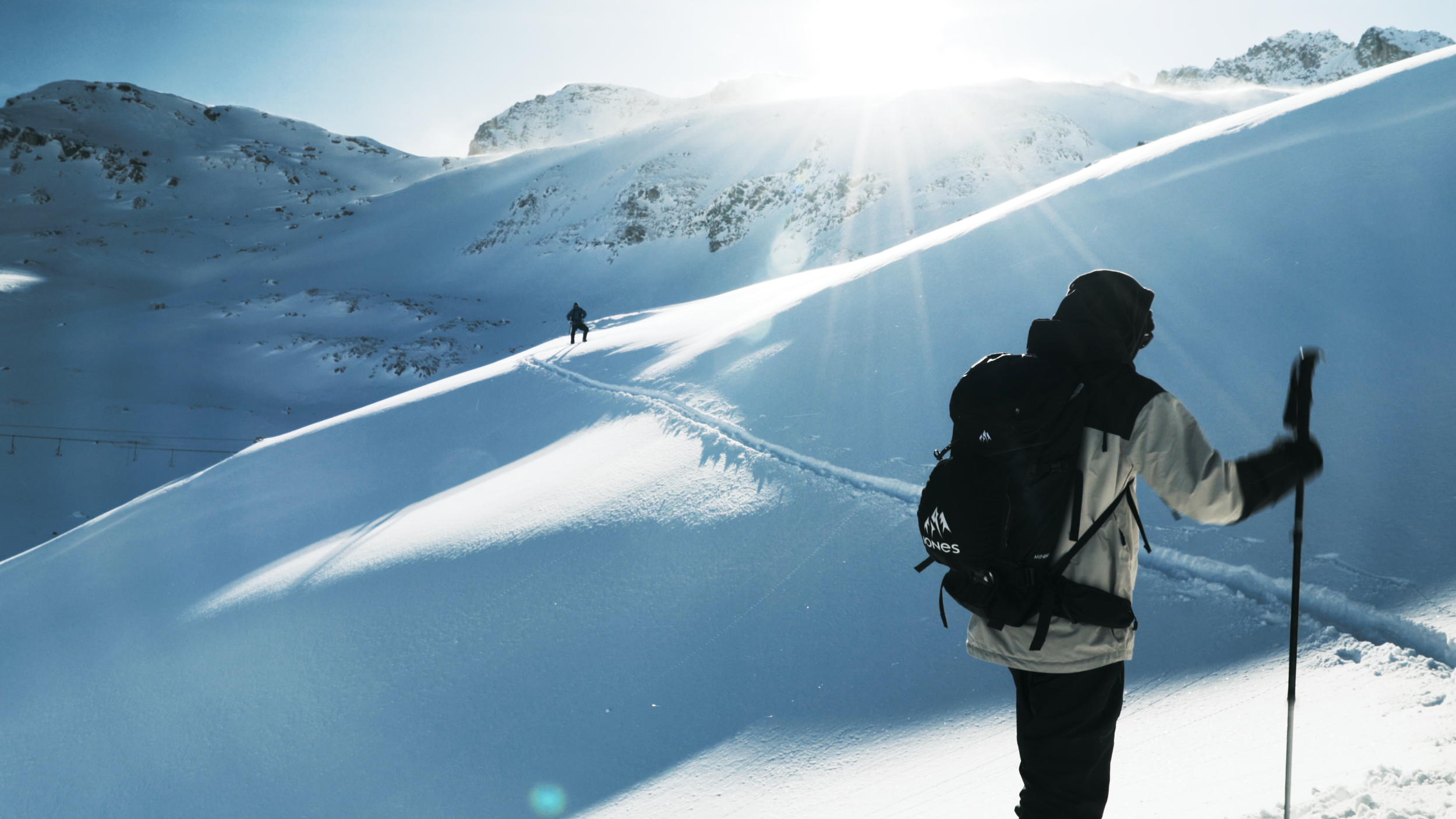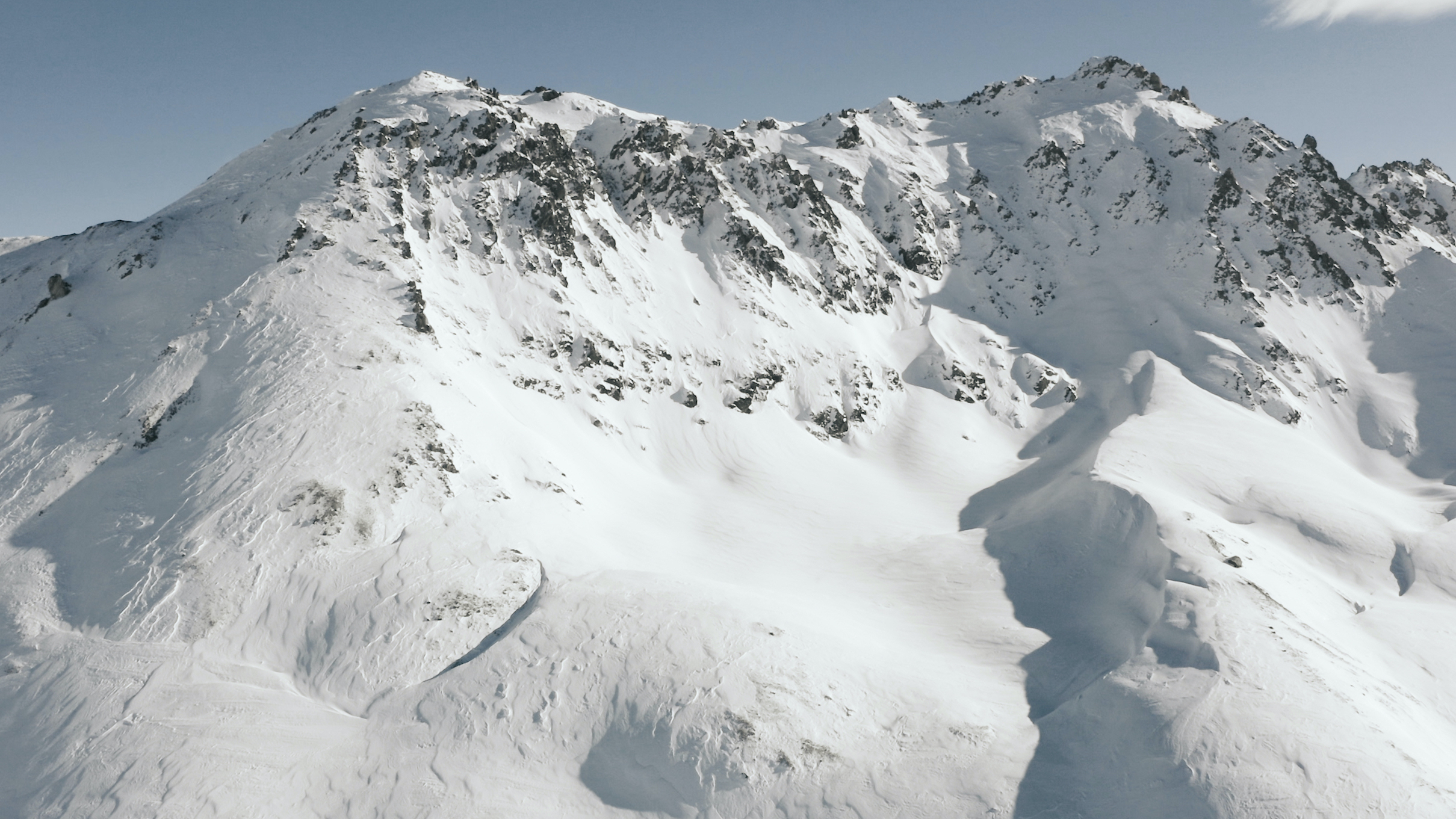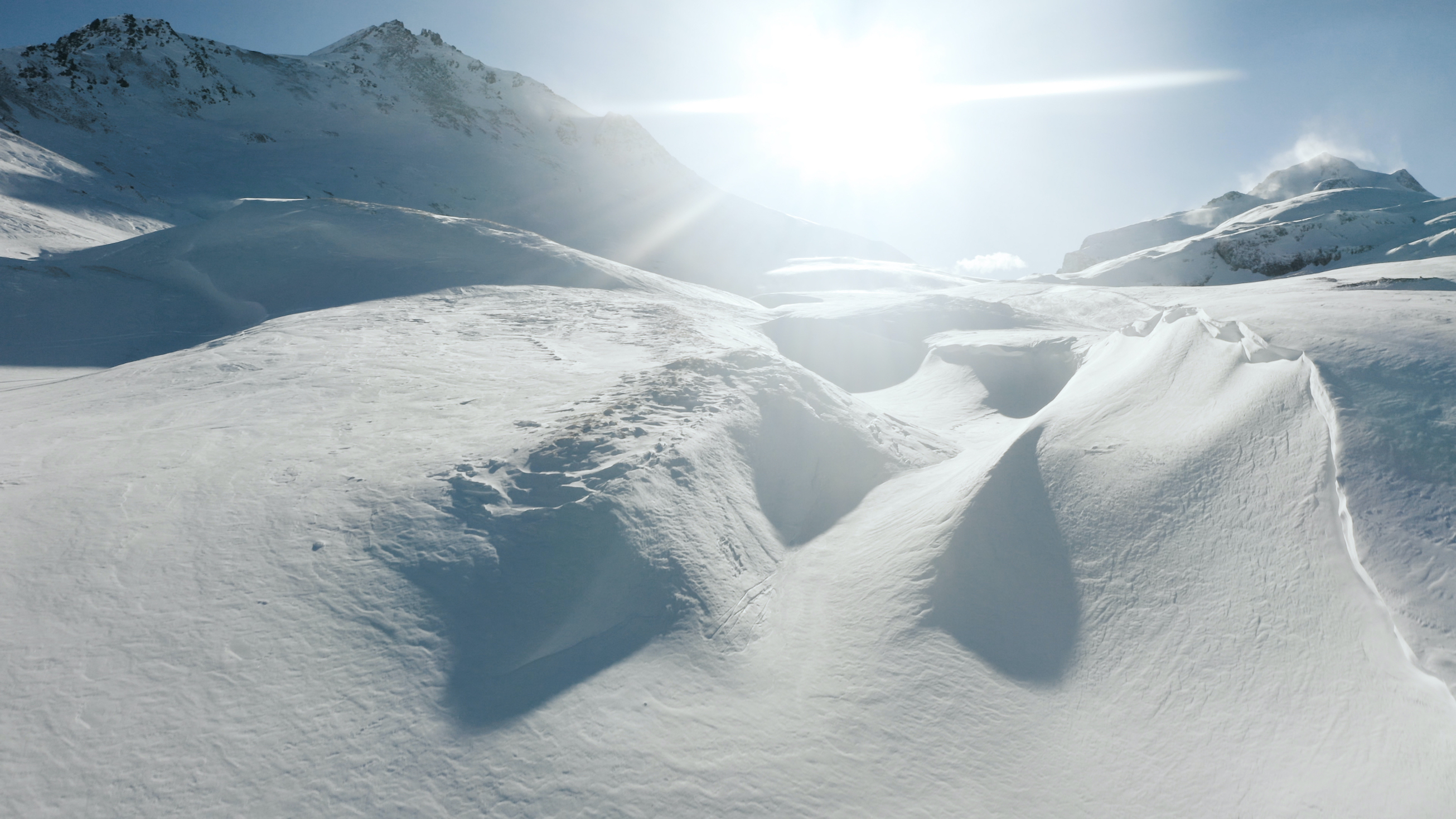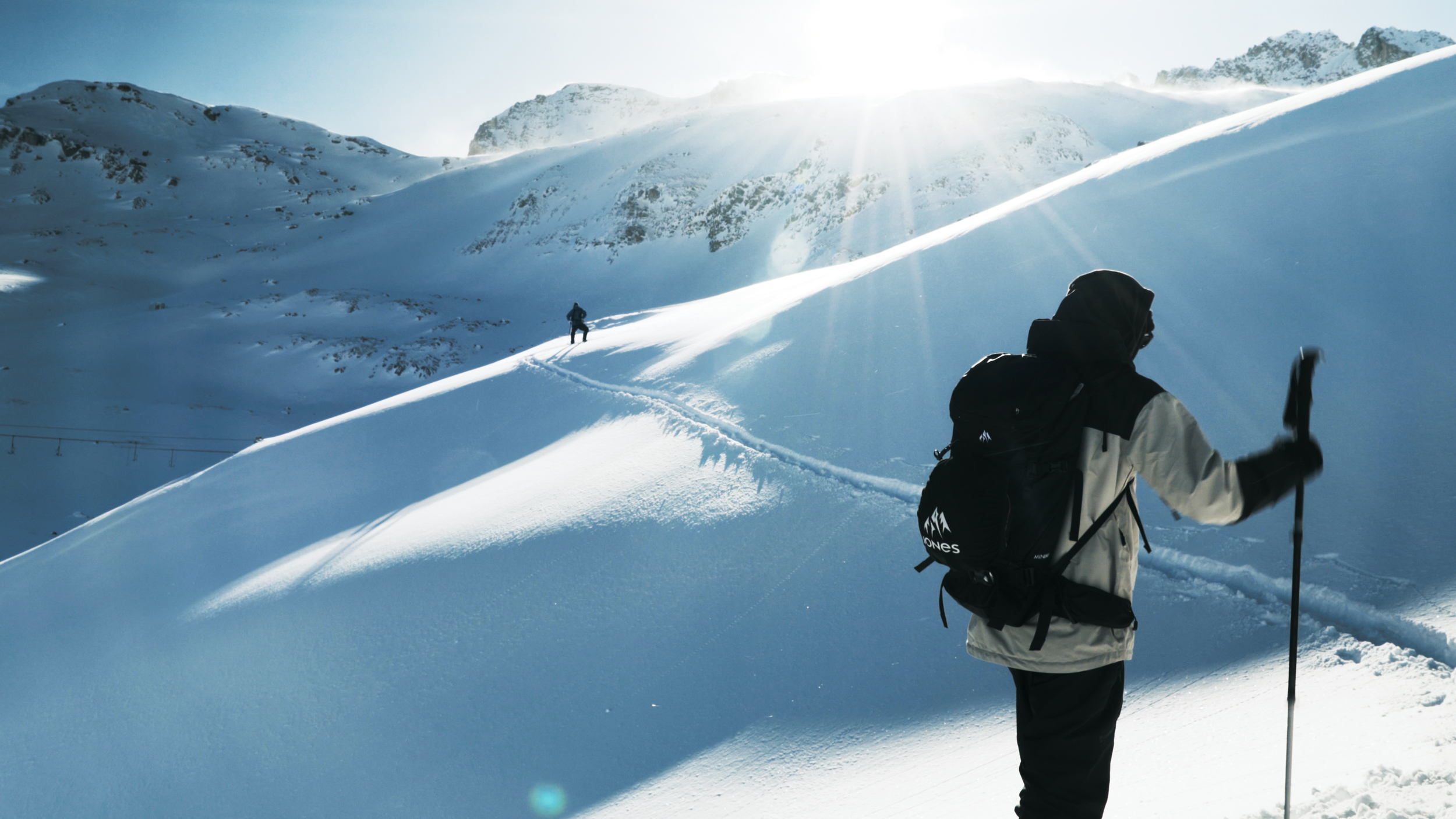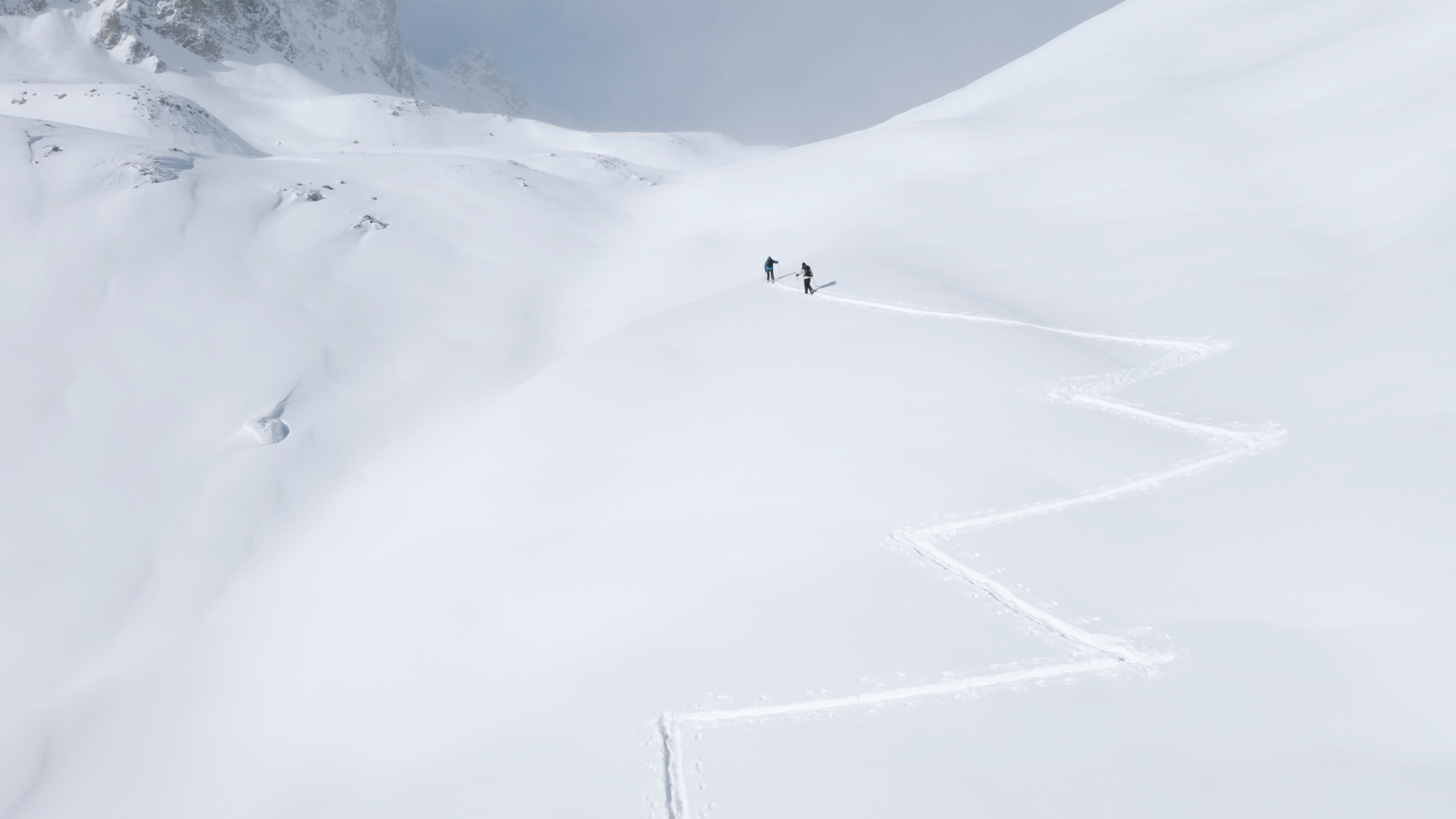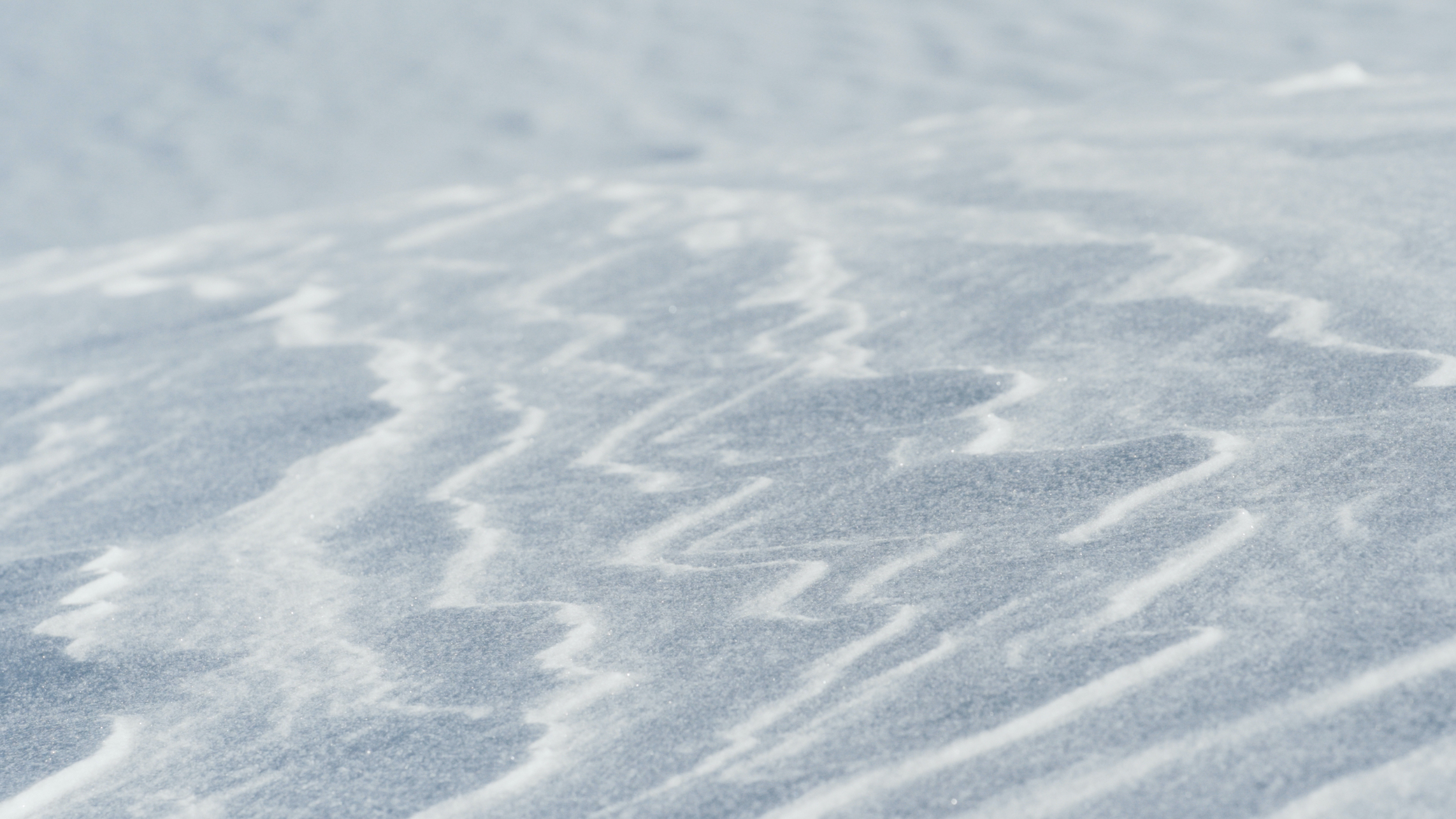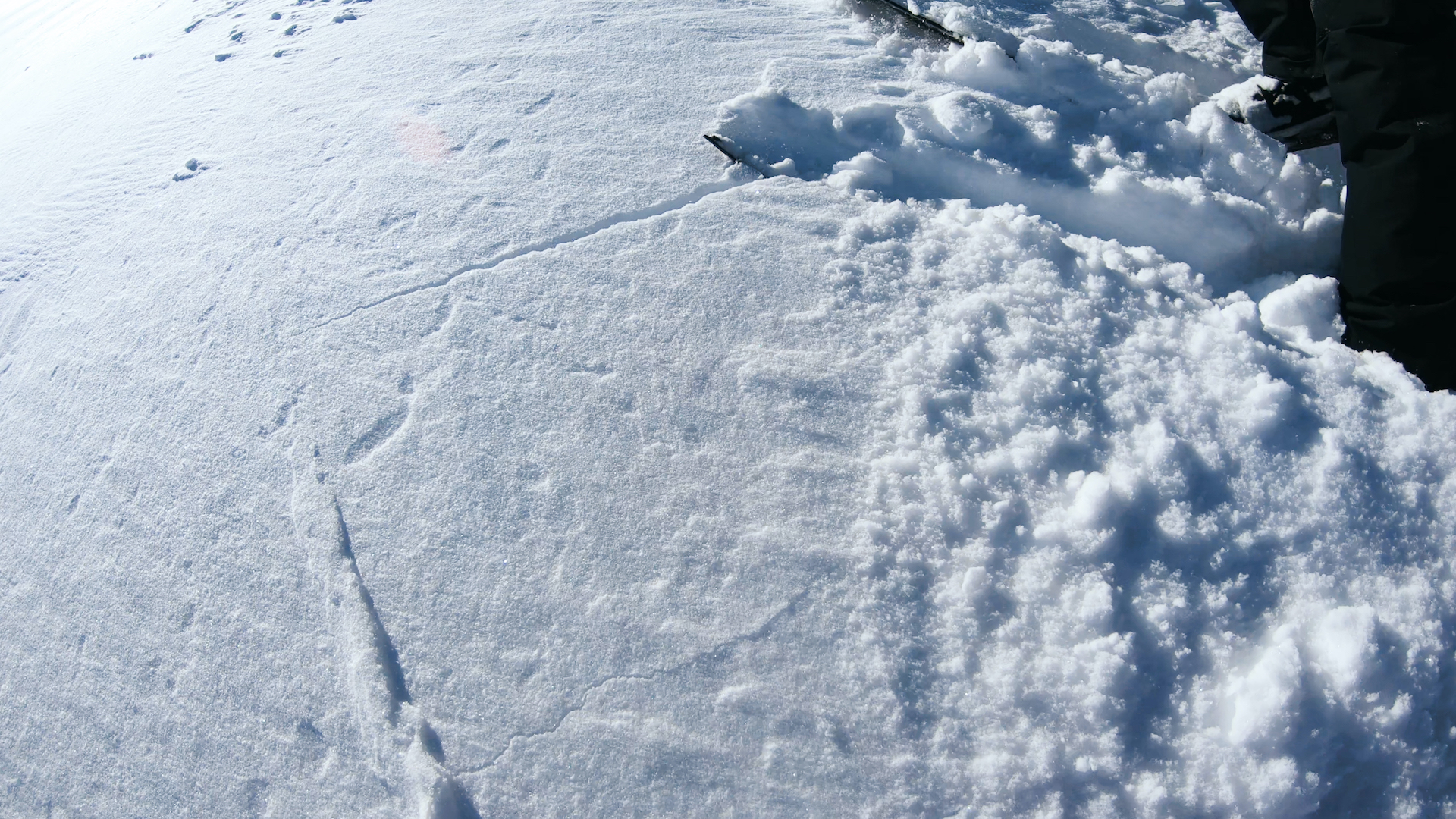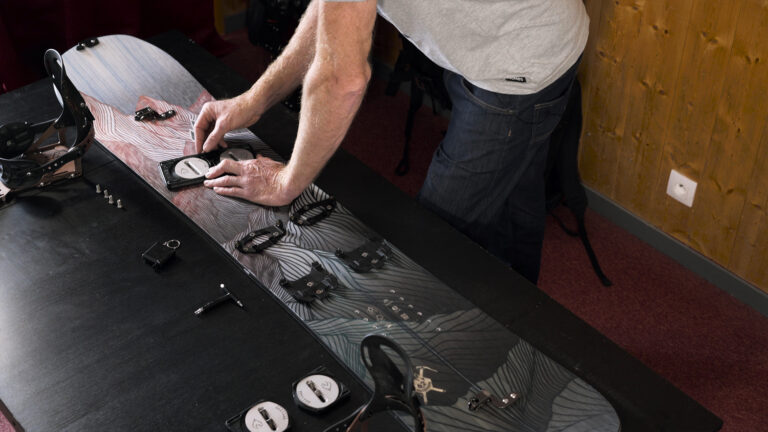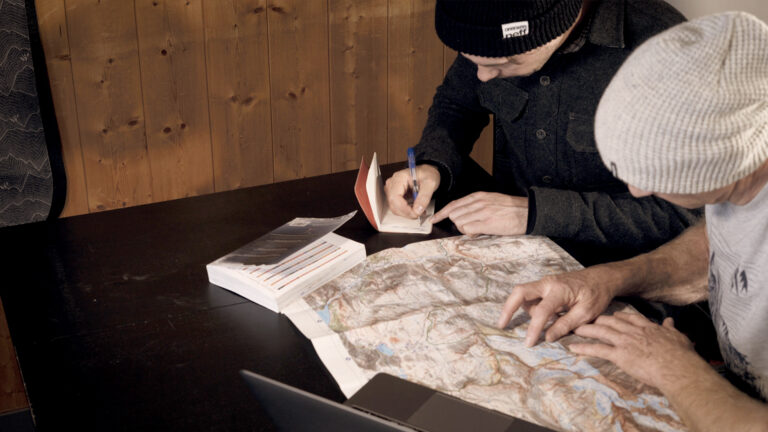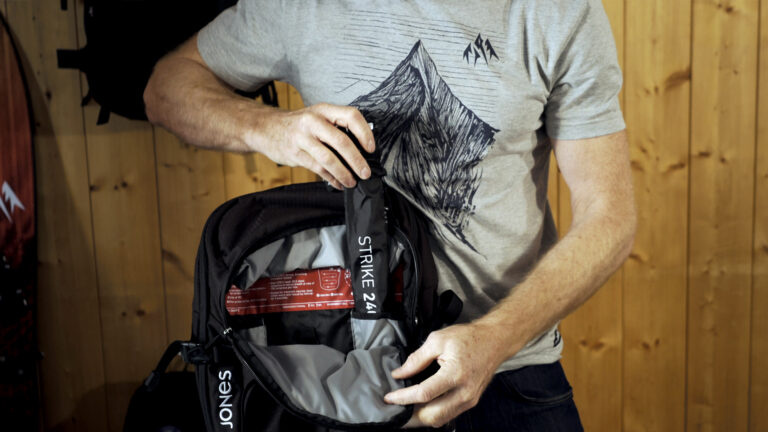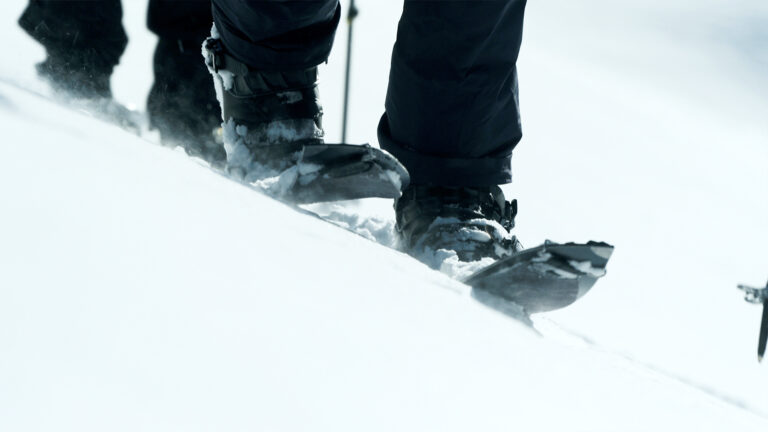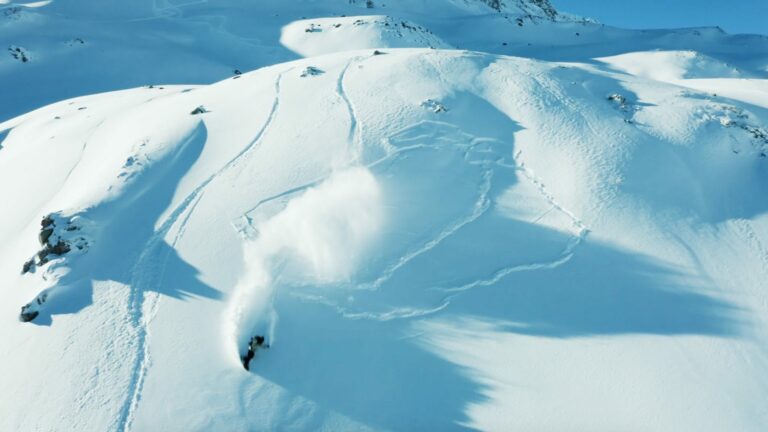Above: Moving safely, one at a time, through potential avalanche terrain on a splitboard
The appeal to ride outside the resort boundaries needs little justification. Untracked, pristine powder faces and endless opportunities to score dream lines away from the chairlift queues are reason enough. But splitboarding in the backcountry comes with inherent risks. Away from the confines of the ski resort means moving through an untamed, mountain environment, with the potential for things to go south in a matter of seconds.
“Safe decision making and avalanche awareness are vital skills. Especially as many of the risks may be hidden from plain view”
Naturally, avalanches pose one of the biggest risks. When ascending in terrain that has not been controlled by ski patrol on a snowpack that has potentially remained unridden all winter, safe decision making and avalanche awareness are vital skills. Especially as many of the risks may be hidden from view.
We’ve teamed up with Jones Snowboard Ambassador and UIAGM Backcountry Guide, Neil McNab, to look at how to increase your awareness when ascending in the backcountry and use safe travel practices to mitigate the risks.
*Disclaimer* Unless you and your group have significant mountain safety and avalanche awareness experience, always travel through the backcountry with a guide.

